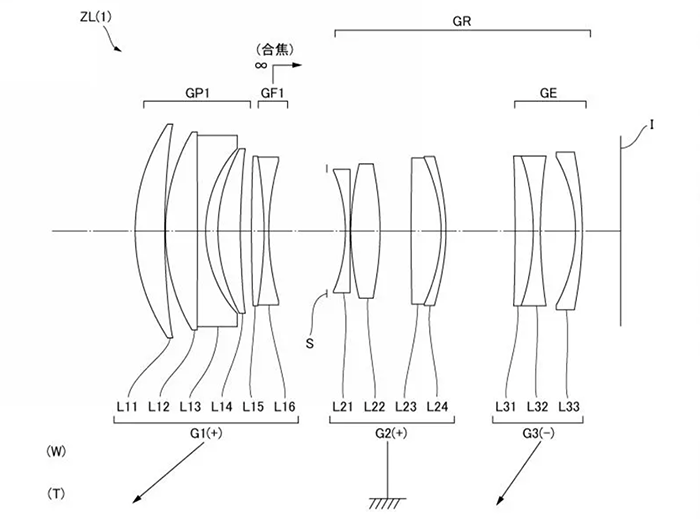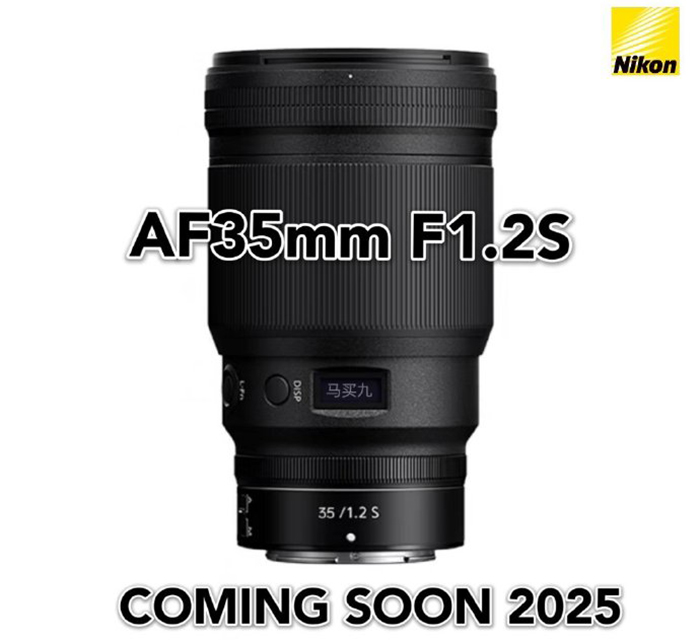New Broncolor RFS 3S Transmitter for Nikon
Broncolor has announced the new RFS 3S Transmitter, which can be pre-ordered from BHphoto (click here).
Broncolor has announced the new RFS 3S Transmitter, which can be pre-ordered from BHphoto (click here).
Sandisk launched a new Creator storage series you can see and preorder at BHphoto. An article about those products can be read on Explora.

According to leaked information on Weibo, VILTROX’s full-frame AF lens “AF 35mm F1.2 LAB” is scheduled to be announced at CP+ in February 2025. Here are some additional info:

Nikon patented the design of a never seen before 85-135mm f/1.8-2.8 Full Frame lens. Nikon Japan writes:
Conventionally, variable magnification optical systems suitable for photo cameras, electronic still cameras, video cameras, etc. have been proposed (see, for example, Patent Document 1). In such variable magnification optical systems, it is difficult to obtain bright and good optical performance while making them compact.
So basically Nikon’s goal here is to offer an ultimate portrait zoom lens that still has reasonable size. In this design the lens of the length is 119.454mm up to 149.236mm when fully extended. That’s truly compact if you consider the 135mm f/1.8 S Plena Lens is 139.5mm long!
Of course, this is a patent and there is no guarantee that they will ever make this lens. But damn… I’m keeping my fingers crossed that this beast will be made!
–
via Asobinet

This image is a mockup
The new Nikon Nikkor Z 35mm f/1.2 S lens will be announced tomorrow (Feb 5). Price is about $3,000 and filter size will be 82mm.
Source: Weibo
The new Sirui Autofocus 1.33x Anamorphic 40mm T/1.8 is now in Stock at BHphoto and Amazon. This is one of the two anamorphic lenses with autofocus you can get (the second is the 50mm t/1.8 1.33x from Blazar). So check out these new reviews to see if autofocus really adds value in the amorphic world. Note: These reviews are of the E-mount version but results are obviously the same on the Z-mount 🙂
